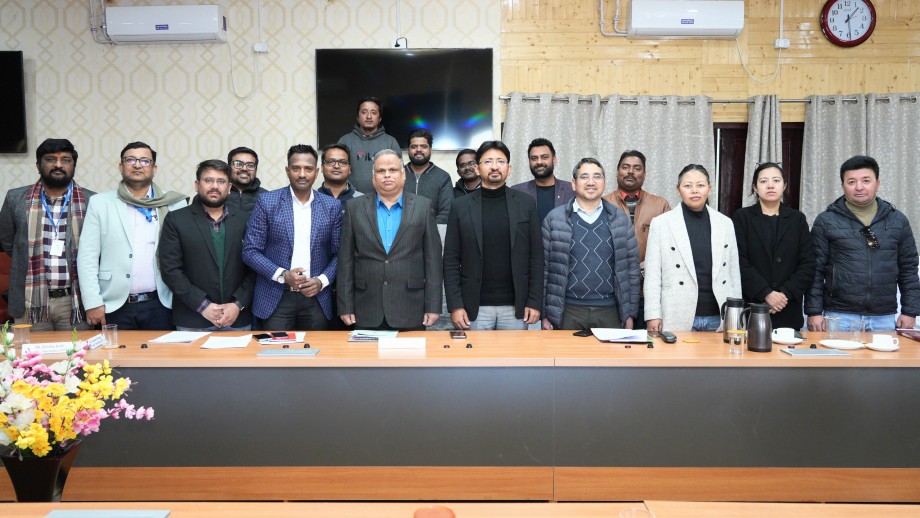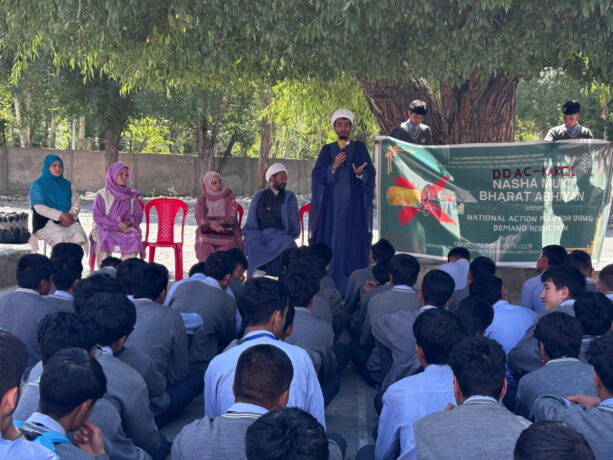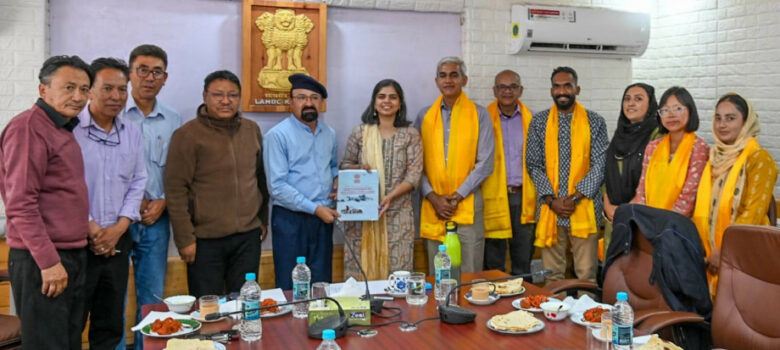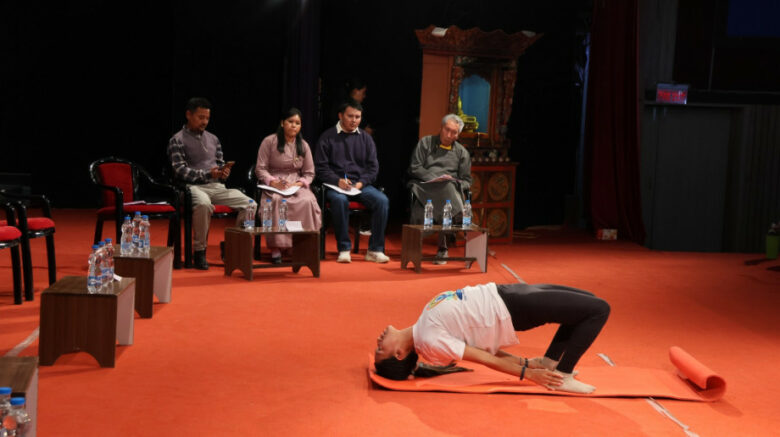
E. Srinivas, Joint Secretary of the Department for Promotion of Industry & Internal Trade, Ministry of Commerce & Industry, Government of India, conducted a comprehensive review of the regional logistics requirements during a two-day capacity-building and training event held on November 3-4. The event, which focused on the PM GatiShakti National Master Plan initiative, included individual discussions with approximately 25 officers from various departments and the Project Management Unit team of the Union Territory of Ladakh.
Highlighting the significant progress achieved over the past two years in implementing the PM GatiShakti initiative, Joint Secretary E. Srinivas emphasized the accomplishments made by different infrastructure and social sector Ministries, as well as States/UTs. The PM GatiShakti National Master Plan represents a pioneering strategy aimed at fostering comprehensive and interconnected planning among relevant Ministries and Departments. Its primary objectives include optimizing multimodal transportation efficiency and addressing critical infrastructure gaps to facilitate seamless movement of people and goods, with a specific focus on minimizing interruptions and ensuring timely project completion.
During the Capacity building and training on PM GatiShakti National Master Plan, several key achievements were highlighted, showcasing the transformative impact of PM GatiShakti. It was revealed that PM GatiShakti played a pivotal role in identifying 156 infrastructure gaps affecting crucial sectors such as Coal, Steel, and Ports. Recognizing its significance, the government allocated a substantial Rs 75,000 crores for 100 critical infrastructure projects in the Union Budget for 2023-24, as mentioned by E. Srinivas, Joint Secretary, DPIIT, during the training & capacity building meeting.
It was further disclosed that the Ministry of Road Transport & Highways planned over 890 kilometers of roads, significantly reducing the time required for Detailed Project Report (DPR) preparation. The Ministry of Petroleum & Natural Gas streamlined pipeline planning, reducing report generation time to 24 hours. A major project approved by the Cabinet for the Union Territory of Ladakh is the Green Energy Corridor for the Inter-State Transmission System for a 13 GW Renewable Energy (RE) Project from Leh (Ladakh) to Kaithal (Haryana), which was also planned through PM GatiShakti NMP.
E. Srinivas, Joint Secretary, DPIIT, emphasized the collaborative principles underlying the accomplishments of PM GatiShakti, highlighting the significant progress made by the Union Territory of Ladakh in this initiative. The UT has mapped multiple data layers on SMP, including rivers, flood maps, power transmission and distribution, tourism sites, and drainage. Work on quality improvement of the data is ongoing. To accelerate PM GatiShakti implementation, the UT of Ladakh has established a dedicated Project Management Unit (PMU) and will develop various tools and applications for departments like Agriculture, PWD, Urban planning, Power, Education, etc., to facilitate data collection and mapping in collaboration with BISAG-N.
E. Srinivas, Joint Secretary, DPIIT, further stressed the importance for the UT of Ladakh to identify and map additional layers such as schools, colleges, institutes, hospitals, etc., to enhance infrastructure connectivity for both economic and social sectors, including various aspects of last-mile connectivity. This comprehensive Area Development Approach, incorporated in the evaluation of infrastructure projects at the Central level by the Network Planning Group (NPG), focuses on ensuring areas surrounding project sites are saturated with versatile transportation infrastructure and improved last-mile connectivity. This approach aims to facilitate smooth transportation of goods and people, optimize transportation modes, and promote development centered around the needs of the people.
Furthermore, it was noted that PM GatiShakti has not only gained recognition nationally but has also attracted global interest on international platforms like G20, B20, and various international gatherings, involving engagement with stakeholders from around the world.


